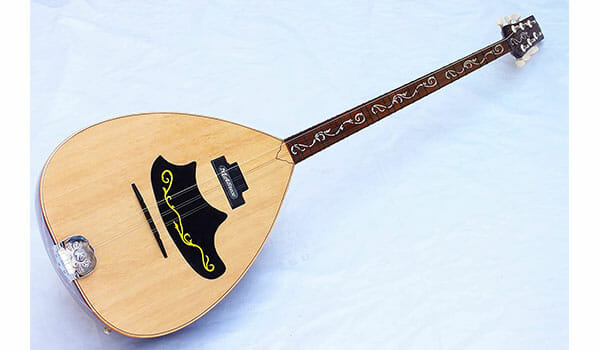

In a Middle East tormented for decades by war and conflict, Yahyanejad harbors hope that musical interaction will forge bonds of friendship across religions, ethnicities and cultures. Tunisian Dhafer Youssef has woven Persian poems into his repertoire and given several concerts with Iranian musicians figuring in his international orchestra. These are undoubtedly some of the most important features of this wonderful musical instrument, Oud. Body- the body of the oud has a staved and bowl-like back. Sound Holes- this instrument usually has 1-3 oval or circular shaped sound holes. Lebanon’s Charbel Rouhana played the instrument on stage in Tehran with Iranian group Gardoun in 2016, followed the next year by Yurdal Tokcan from Turkey. Peg box- from the neck of the oud, the peg box is bent back at a 45-90° angle. The arts scene benefitted from this period in the Islamic republic, where the Shiite clergy prioritizes study of the Koran holy book and religious jurisprudence.įor Hamid Khansari, who has written an introduction to the oud, the bow-shaped instrument is “a blessing” that “expands the possibilities of creation.” Mohammad Khatami who served as president between 19. It was a time of liberalization under the reformist Things didn’t change much until the early 2000s, when thousands of ouds landed in Iran, mostly from Syria and Turkey, bringing down prices. The barbat has been around for centuries and it takes up a whole chapter of the “Shahnameh” (Book of Kings), written in the 10th century. Turkish, Arab and Iranian musicians are becoming friends on the Internet.” Yahyanejad noticed young Iranian oud players were “taking more interest in Arabic and Turkish culture. But today we know it’s also played in Syria, Kuwait and Jordan.” “We only knew the oud as played in Egypt and Iraq. Now they’re more on the young side,” Pasdar said. “At the time, most of my students were old, really old.
#A lute like arabic instrument professional#
She started teaching the stringed instrument “about 23 years ago” after graduating from professional arts school, known as honarestan in Persian. Noushin Pasdar, a 40-year-old musician in the Iranian capital, made the same observation. “The number of students has increased considerably over the past 15 years or so before a known teacher would have had a dozen students whereas today they’ll be about 50,” said Majid Yahyanejad, a 35-year-old oud teacher in Tehran. Known as the oud in Arabic, it is commonly called the barbat in Persian, although some would argue the instruments differ slightly.


 0 kommentar(er)
0 kommentar(er)
